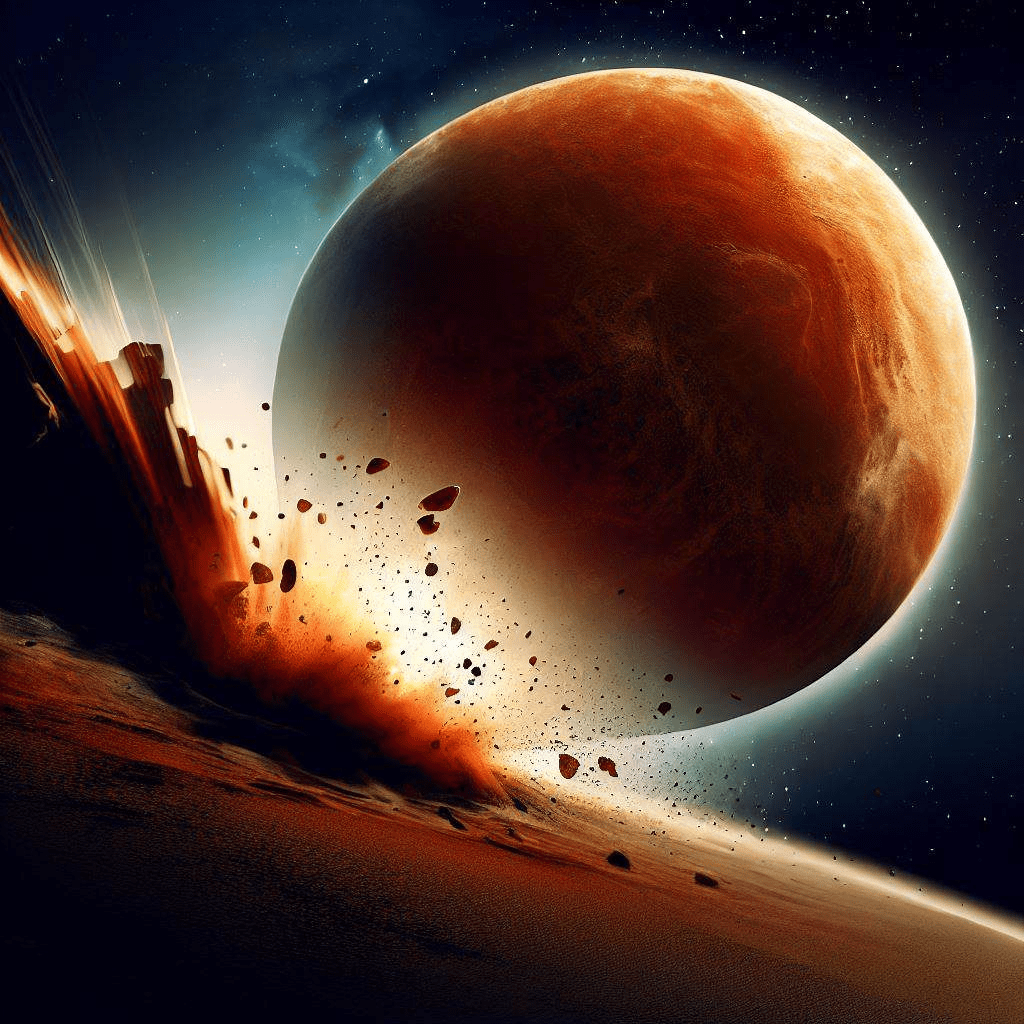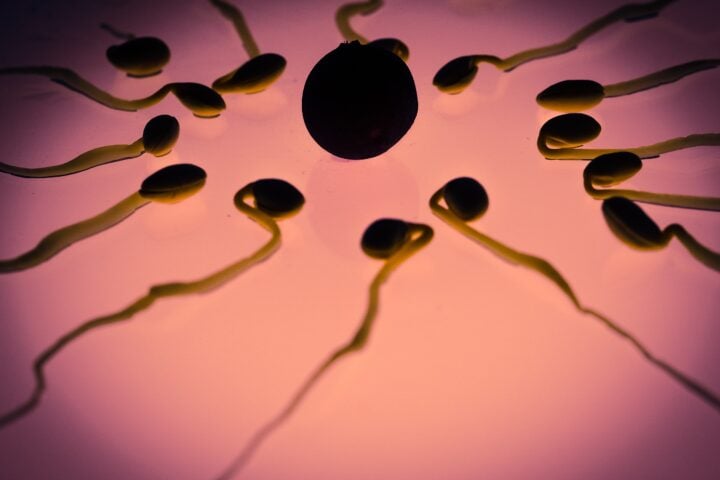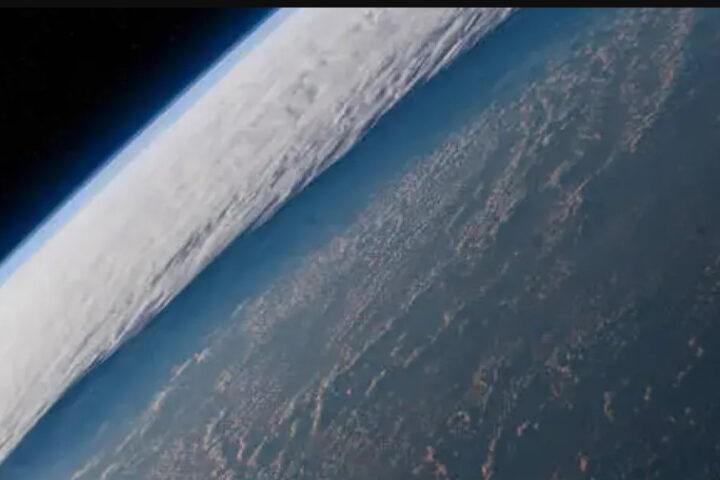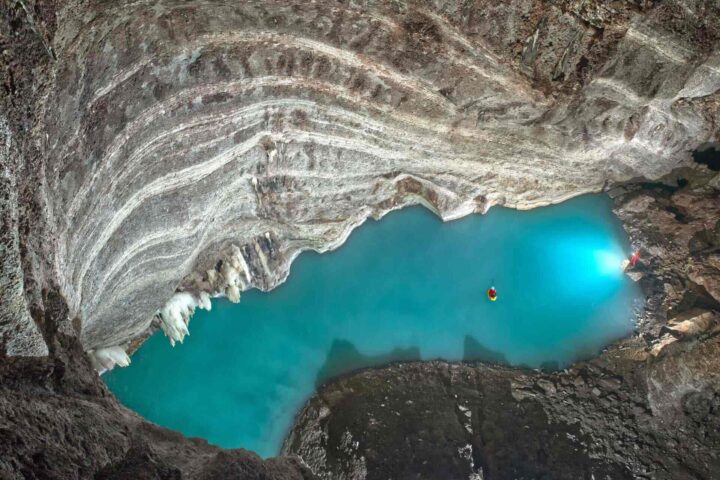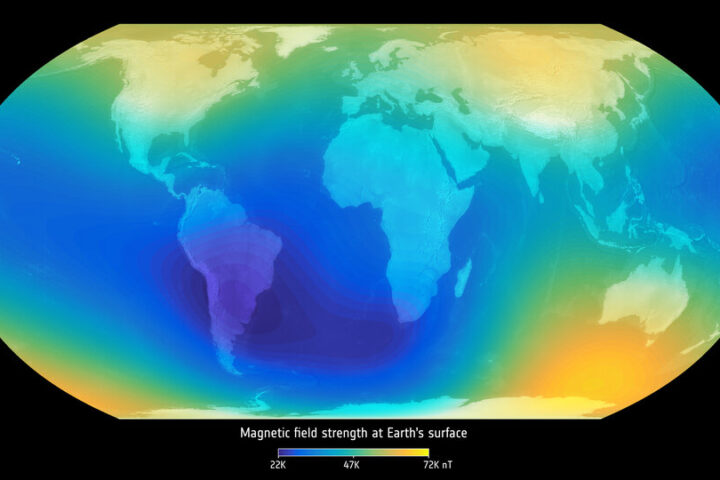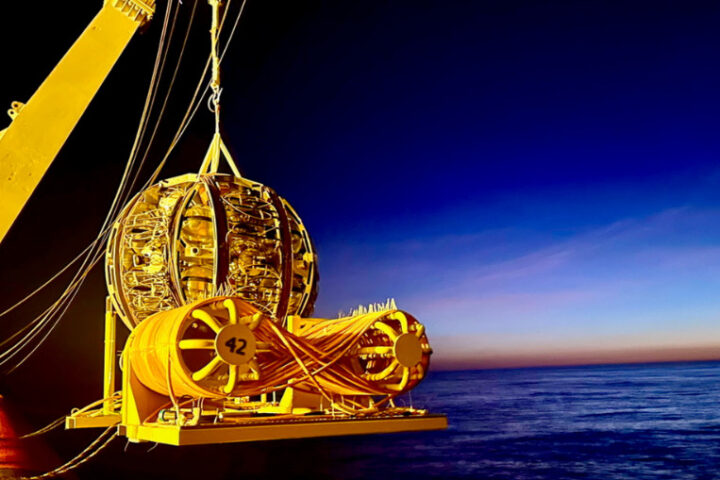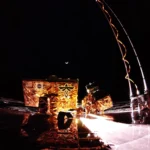As celestial bodies pirouette in the vast cosmic ballet, the future of Phobos, the larger of Mars’s two moons, teeters precariously on the edge of oblivion. Its relentless descent towards the Red Planet is more a slow tango of annihilation than a waltz of preservation.
Phobos, Greek for ‘fear,’ resonates well with its inevitable fate. Just 27 kilometers in diameter, it orbits Mars at a perilously close distance of a mere 6,000 kilometers. Closer still, it treads, each second shuffling it towards an impending cosmic catastrophe.
Perseverance, NASA’s roving Martian sentinel, has presented us with a clearer picture of this doomed celestial dance. Staring up at the Mars sky, it witnessed Phobos eclipse the sun, a transient marvel that speaks to the moon’s waning lifespan. The data gathered has given scientists a fresh understanding of this fascinating astronomical death spiral.
As centuries elapse, Phobos will descend approximately 1.8 meters closer to Mars’s surface. In about 50 million years, the beleaguered moon will embrace its fate. Whether it will adorn Mars with a new celestial ring or bludgeon the planet’s surface remains an open question.
Mars, with its austere beauty and seeming tranquility, will be subjected to a celestial cataclysm that could reshape its physicality and alter our understanding of its geological history. This spectacle is a grim reminder of the brutal realities of our universe, where celestial bodies dance to the rhythm of time and gravity.
Similar Post
The nature of Phobos and its fate draws intriguing parallels with the human condition. Despite the distant inevitability of its demise, the moon continues on its path, just as we humans persist in the face of our own mortality. The tale of Phobos reminds us to marvel at the universe’s dramatic unfolding story while simultaneously contemplating the fragility of existence.
Meanwhile, Deimos, Mars’s other moon, performs an opposing dance. It moves away, slowly severing its gravitational ties, aspiring to be a free celestial object one day. The fate of these Martian moons symbolizes the varying destinies of the entities that inhabit our universe.
Astronomers are now better equipped than ever to chart Phobos’s course towards its final act, thanks to advancements in observational technology. Perseverance’s data has enhanced our predictive capabilities, yet the mystery surrounding Phobos’s ultimate end still lingers.
What might the demise of Phobos reveal about Mars, or indeed, about the broader cosmic forces at play? Can we find parallels in our Solar System or even beyond, in exoplanetary systems? These are the speculative questions, the wonderings, the critical issues that arise as we stare into the abyss of Phobos’s impending doom. Regardless of the harsh realities of our universe, the demise of Phobos urges us to cherish, study, and learn from the transient beauty of the cosmic dance.
